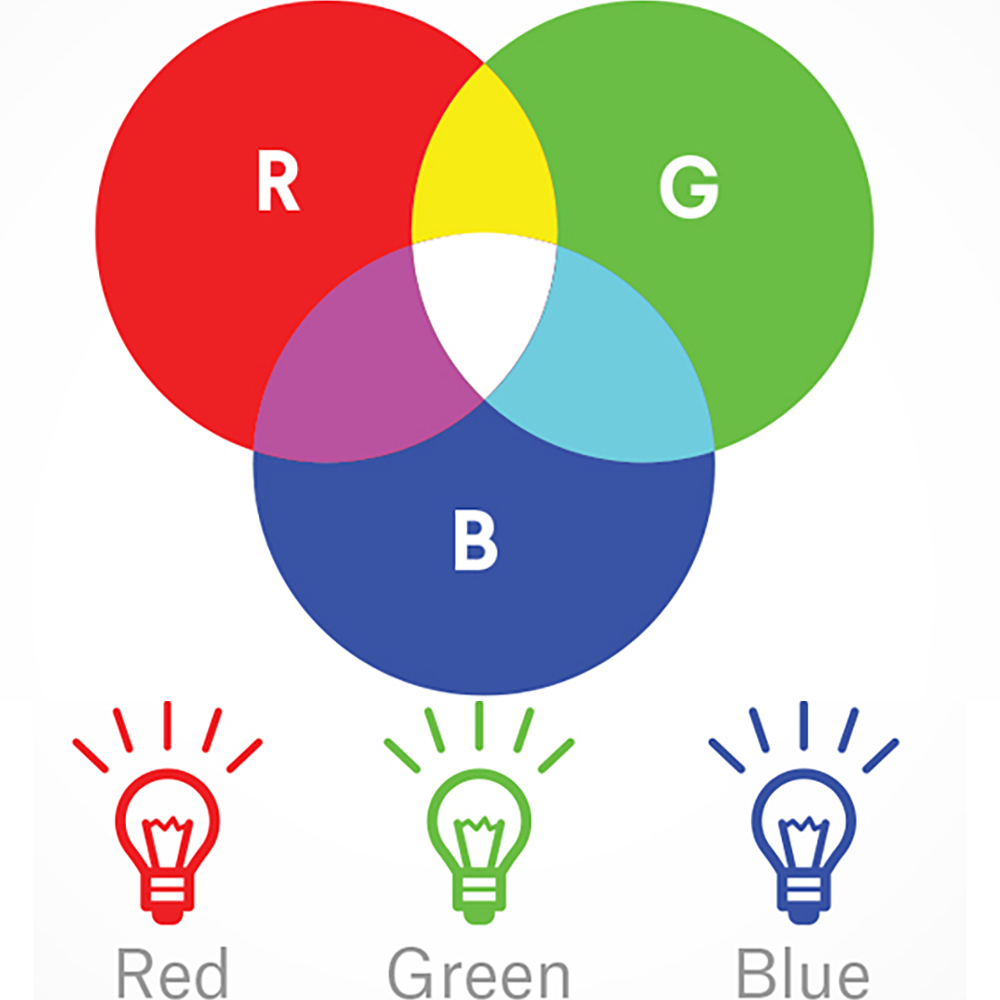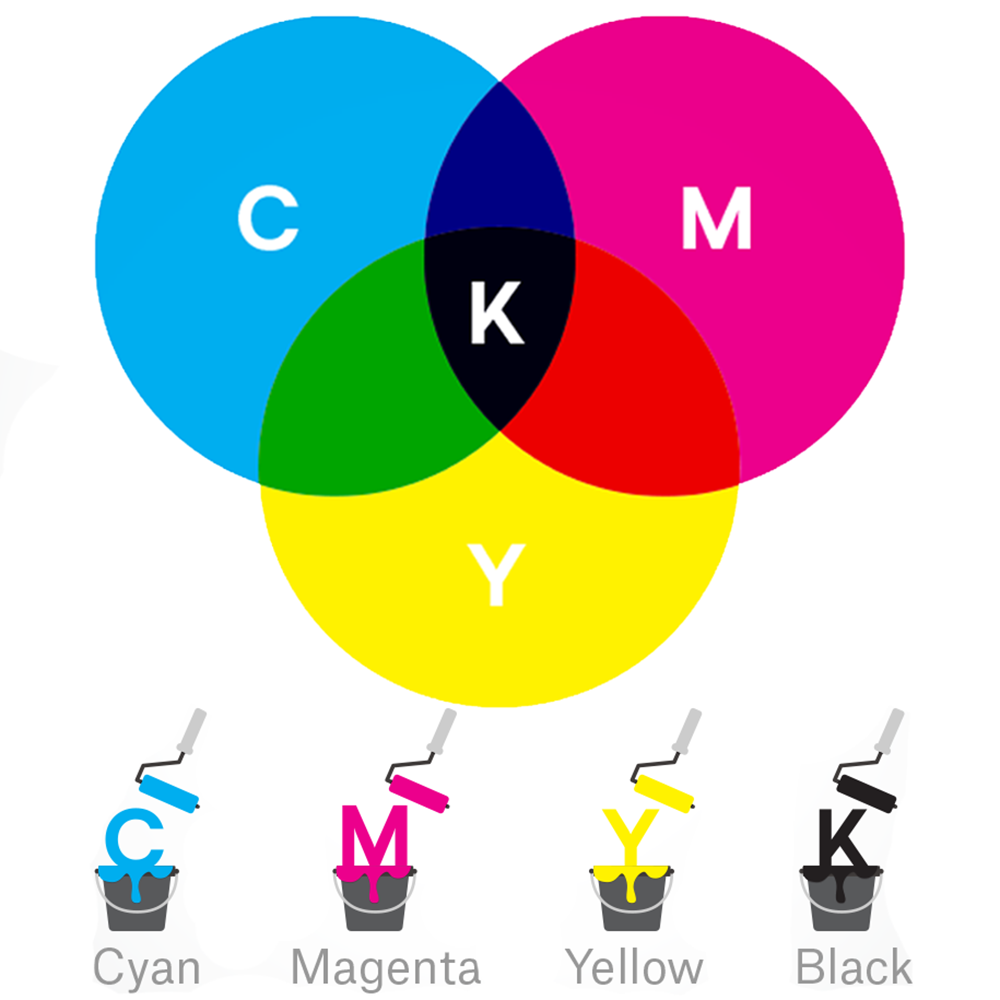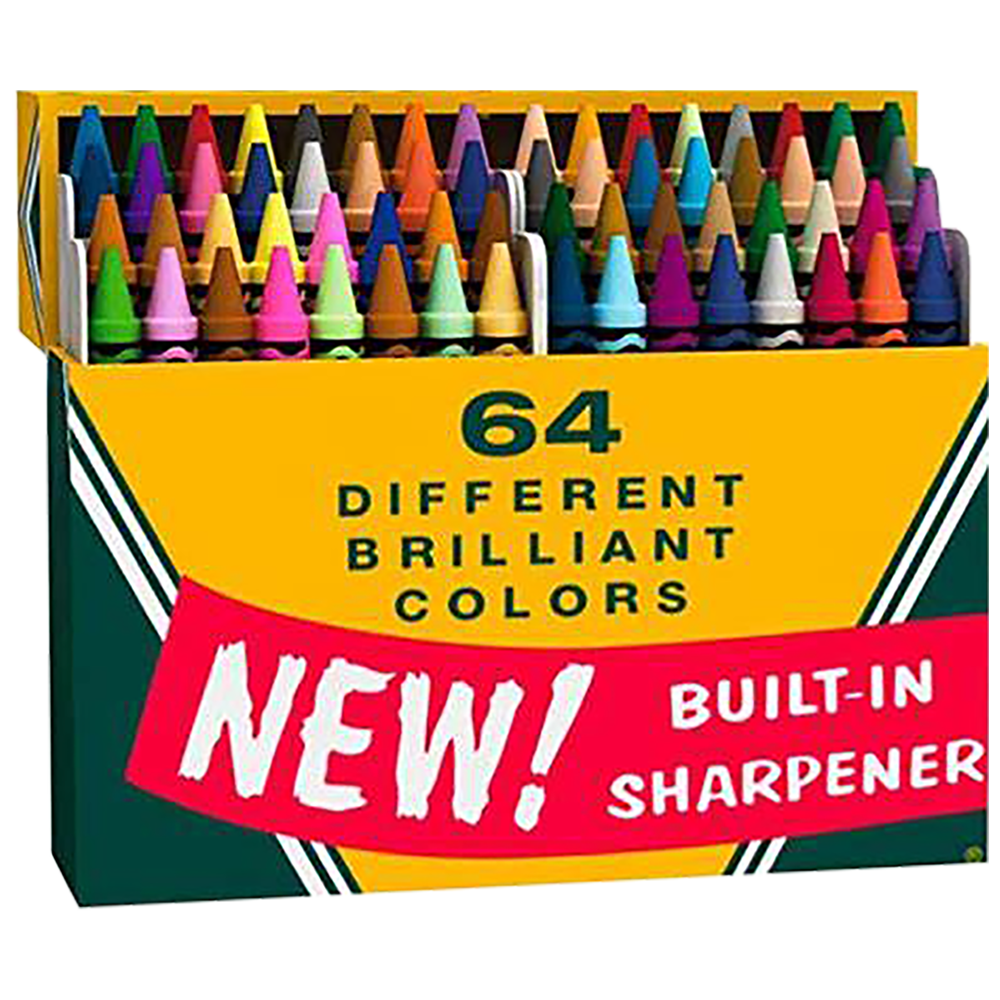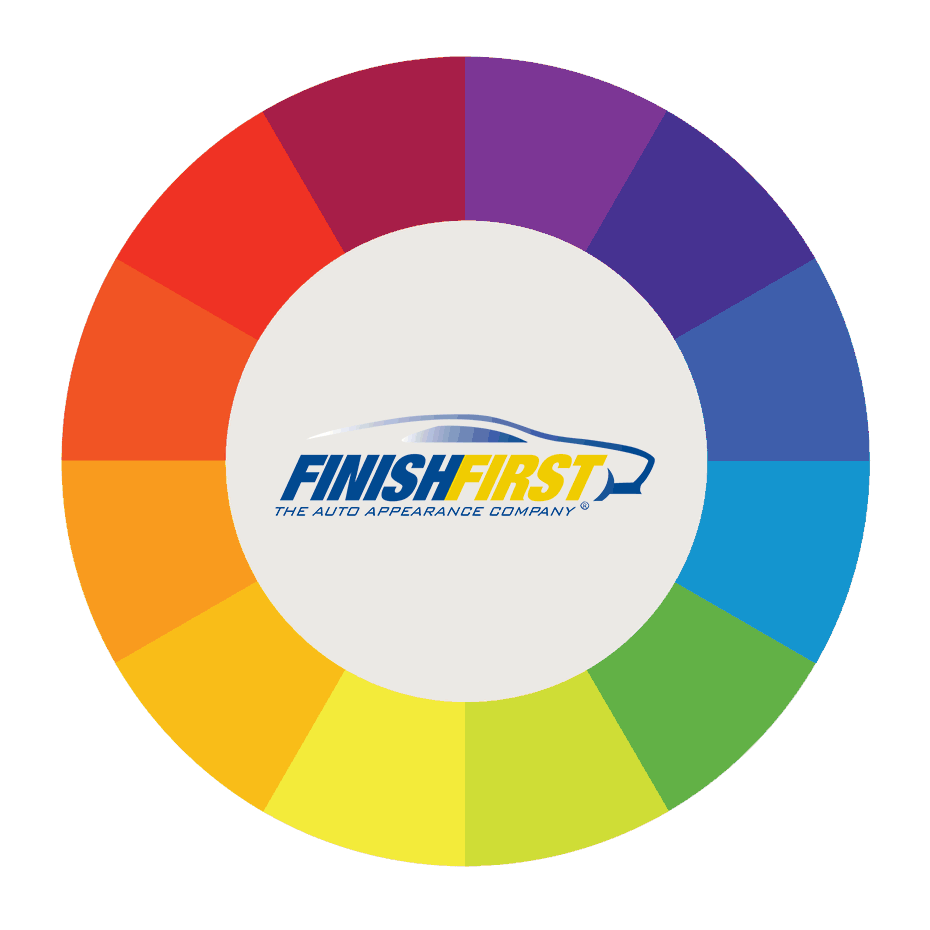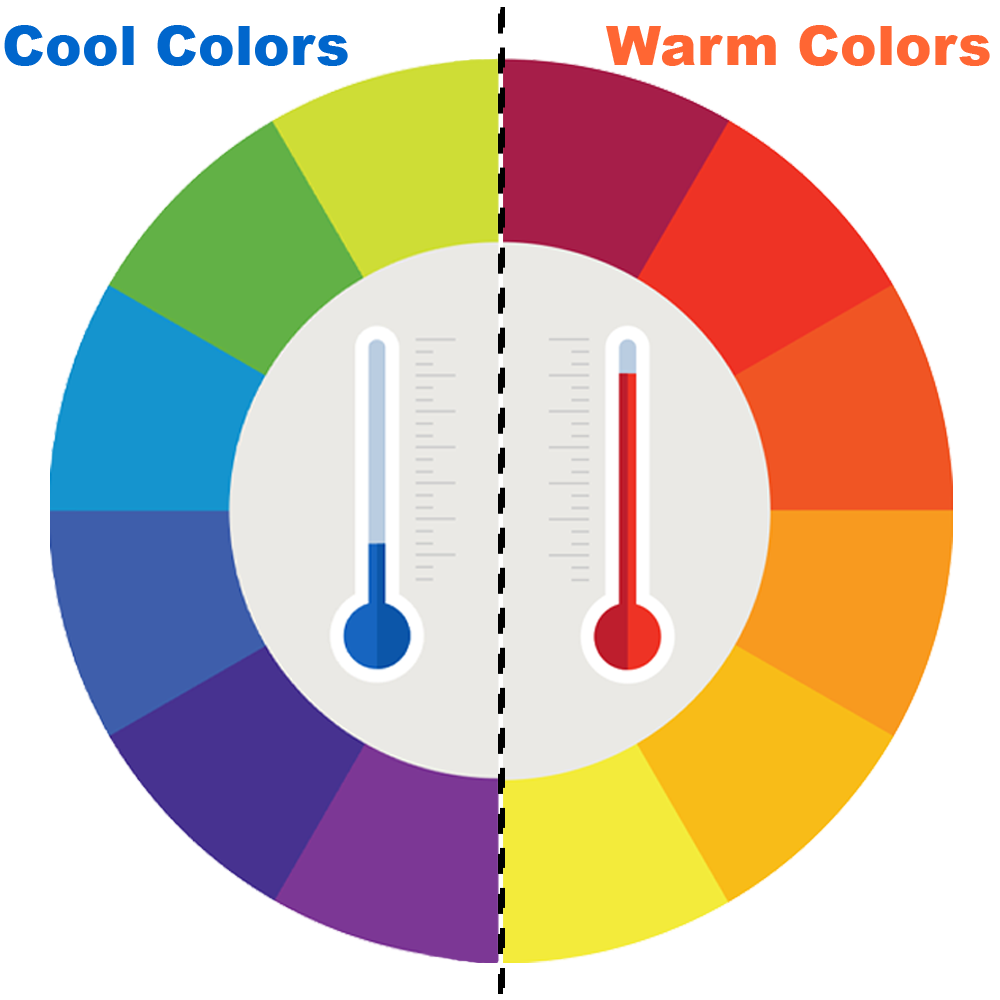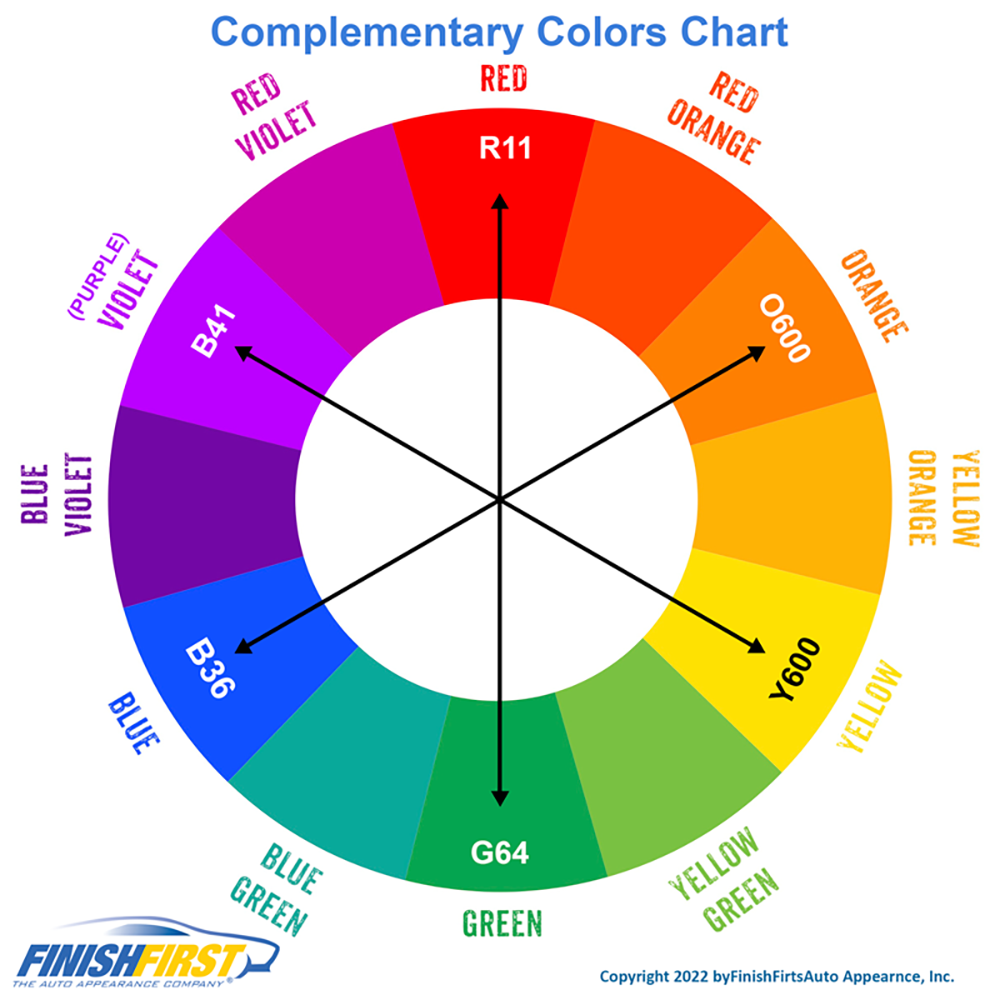Color Theory
ColorMax Paint™ and Color Theory – “The Science” and “The Art” of using Color.
Color Theory explains how we, as humans, perceive color; and the visual effects of how colors mix, match or contrast with each other. Whether you are mixing paint, light or whatever, Color Theory matters. Color Theory involves the messages colors communicate; and the methods used to replicate color.
In Color Theory, colors are organized on a color wheel and grouped into 3 categories:
- Primary Colors
- Secondary Colors
- Tertiary Colors
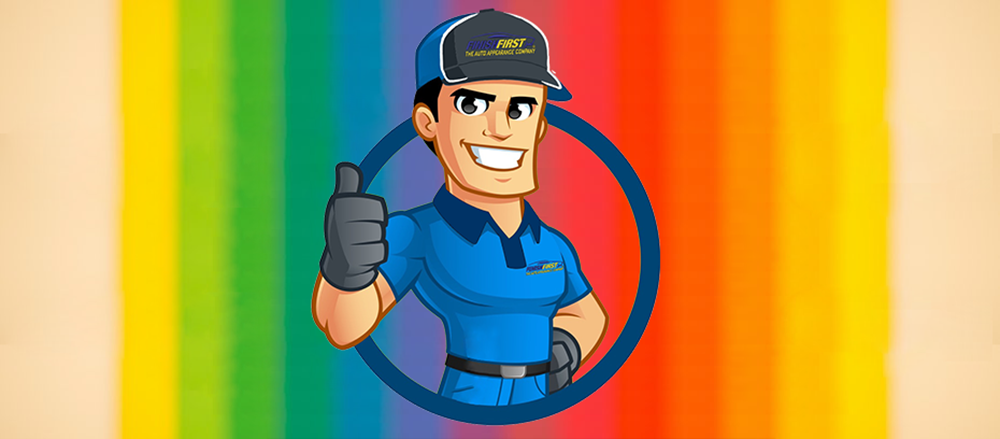
Better services, faster, will help you obtain more sales opportunities. Let’s see how it all works…
Why should you care as a FinishFirst Licensee?
If you are trying to color match a ColorMax Paint™ on a particular vehicle, and didn’t use the correct color process, your hard work could appear dull, muddy or washed out instead of that the colors intended.
Understanding Color Theory will help you understand how to do get the best results!
Understanding Color
Color is perception. Our eyes see something (the sky, for example), and data sent from our eyes to our brains tells us it’s a certain color (blue).
Objects reflect light in different combinations of wavelengths. Our brains pick up on those wavelength combinations and translate them into the phenomenon we call color.
Studies have shown that most people decide whether or not they like a product in 90 seconds or less and 90% of that decision is based solely on color.
By properly color matching the vehicle, you increase the chances that the customer will want one of your vehicles.
The dealerships want to work with service providers that help them move vehicles faster and more profitably.
Be “That Service Provider” and help your customers help you to be more successful!
RGB: The Additive Color Mixing Model
Humans see colors in light waves. Mixing light—or the additive color mixing model—allows you to create colors by mixing red, green and blue light sources of various intensities.
The more light you add, the brighter the color mix becomes. When you mix all three colors of light, you get pure, white light.
If you mixed Red, Green and Blue ColorMax Paints™ you certainly would not get WHITE.
TVs, screens and projectors use Red, Green and Blue (RGB) as their primary colors, and then mix them together to create other colors.
Why should you care?
If you are trying to color match a paint on a particular vehicle, and didn’t use the correct color process, your hard work could appear dull, muddy or washed out instead of that the colors intended.
Understanding Color Theory when working with ColorMax Paints™ will help expand you Color IQ starting with the RGB Model and then follow with the CMYK Model on the path towards a better color understanding and a higher Color IQ!
Please keep reading for more information on the CMYK color model.
CMYK: The Subtractive Color Mixing Model
Any color you see on a physical surface (cars, trucks, paper, signage, packaging, etc.) uses the Subtractive color mixing model. Most people are more familiar with this color model because it’s what we learned in kindergarten when mixing finger paints. In this case, “subtractive” simply refers to the fact that you subtract the light from the paper by adding more color.
Traditionally, the primary colors used in subtractive process were red, yellow and blue, as these were the colors painters mixed to get all other hues. As color printing emerged, they were subsequently replaced with Cyan, Magenta, Yellow and Black (CMYK), as this color combination enables printers to produce a wider variety of colors on paper.
Since printing uses the subtractive color mixing method, getting accurate color reproduction can only be achieved by using CMYK. Using RGB will not only result in inaccurate print color, but possibly another bill from a printer when you ask them to reprint the entire run with the correct colors.
Why should you care?
If you needed to print business cards or a color marketing brochure for you FinishFirst services business and you are investing money into marketing (printing isn’t cheap!), you expect the printer is going to get their colors right just like your customer expect their vehicle colors to be right. Using the wrong Color Model could be disasterous!
Using CMYK will assure the colors are correct for the print.
RYB: The FinishFirst Color Mixing Model
Most of us learn at some time in elementary school that we can make almost any color from some mixture of the primary colors Red, Yellow and Blue. Artists and painters around the world use the Red – Yellow – Blue or RYB Color Model to create just the right color. When you are in the field, rarely are the exact colors of ColorMax Paint™ readily available when the vehicle needs to be serviced. Using Color Theory and the RYB Color Model, you will be able to service most vehicles the same day.
Many people are familiar with RYB because it’s the color model often taught in early art classes. It can be used for any physical art medium, but it’s most commonly associated with paints. To create new paint colors, you can swirl together two other paints. The Primary Colors of RYB are Red, Yellow and Blue. If you combine two primary colors, you’ll either get Green, Orange and Purple, which are the Secondary Colors. If equal amounts of all three primary colors are mixed together, they’ll create brown.
You might notice that Black and White don’t appear on the RYB color model’s diagram. However, they do exist in RYB. Black and white are commonly used to make other colors lighter or darker.
Why should you care?
At FinishFirst we utilize the RYB model with our ColorMax Paint™ palette to assure the best results. If you want to provide the best FinishFirst services you can to your customers, one of the keys is helping them turn vehicles as quickly as possible.
Time is Money and the faster your customers can turn their inventories the happier they are (and their bosses & owners too) with you and your FinishFirst services.
The Science Behind RYB Color (Nerd Alert)
Sir Isaac Newton in his 17th Century work with Color Theory recognized that certain pairs of colors resonate when they are placed beside each other. Green and Red, as well as Blue and Orange, reinforce each other when painted side by side. Today, this is known as Complementary Colors.
It wasn’t until nearly 140 years later that a French chemist named Michel Eugène Chevreul used Newton’s color theory to create a systematic method of making any color from the three Primary Colors. His work led to the creation of the color wheel, which easily explains how to use primary colors to create every other Color Theory Modern physics explains how RYB Color Theory works. Every color corresponds to a specific wavelength of visible light, measured in billionths of a meter, also known as nanometers, or nm. Since light has a constant velocity of approximately 186,000 miles per second, this also means that every color has its own frequency, measured in terahertz, abbreviated THz, or trillions of times per second. Different colors involve different amounts of energy in the photons of light reflected by the color, measured in electron volts, or ev.
The Color Wheel
I don’t know about you, but when I was a kid, the best part about going back to school in the fall was getting that new, pristine 64-count box of Crayola Crayons. The possibilities seemed endless. Until I’d inevitably lose the black crayon.
Understanding the color wheel and color harmonies (what works, what doesn’t and how color communicates) is just as exciting as that new box of crayons. No really.
Being able to understand the terms and processes that go along with color and Color Theory will help you to quickly and confidently Color Match most any vehicle you encounter. Color matching involves finding the closest color match on your FinishFirst Color Palette and “blending” in other colors to obtain the best final match for the vehicle. Your area mentors are available to help as well to assure you get the best match.
Color Wheel Basics
The first ideas regarding today’s color wheel originated with Sir Isaac Newton in 1666 in his work on Color Theory (so it absolutely predates any preschool or elementary school introductions.) Painters, Artists, Designers and Technician use it today to develop color harmonies, mixing and palettes to create a broad range of solutions. At FinishFirst, we will use the Modern Color Wheel to provide Same-Day-Services for most vehicles we encounter on the lots.
The Modern Color Wheel consists of:
Three (3) Primary Colors: Red, Yellow and Blue.
Three (3) Secondary Colors: Green, Orange and Purple.
● Secondary Colors are created when two (2) Primary Colors are mixed.
Six (6) Tertiary Colors: Create from mixing equal parts of one (1) Primary Color and one (1) Secondary Color.
● Mixing Yellow and Orange produces Yellow-Orange.
● Mixing Red and Orange produces Red-Orange.
● Mixing Red and Purple produces Red-Purple.
● Mixing Blue and Purple produces Blue-Purple.
● Mixing Blue and Green produces Blue-Green.
● Mixing Yellow and Green produces Yellow-Green
FFAA Color Wheel 2023
Draw a vertical line through the center of the Color Wheel separates the colors into:
Cool Colors – Blues, Greens, Purples
● Often identified with calm, peace, and serenity.
Warm Colors – Reds, Oranges, Yellows
● Generally associated with energy, brightness, and action.
Recognizing that color has a temperature provides understanding on how choosing Warm Colors or Cool Colors to color match your paints can impact and improve your final results.
On The FinishFirst Color Wheel we have listed the suggested ColorMax Paint™ Color Palette Paints for color matching.
Hue, Shade, Tint and Tone
Let’s go back to that 64-pack of crayons from our first day of school. (Remember “Raw Umber”? What is an Umber anyway, and is it actually better raw than cooked?) Anyway, you might be wondering, how we got from the twelve colors on our original color wheel to all those crayons?
That’s where tints, shades, and tones come in.
Simply put, Tints, Tones and Shades are variations of Hues, or Colors, on the Color Wheel.
A Tint is a hue to which white has been added.
For example, Red + White = Pink.
A Shade is a hue to which black has been added.
For example, Red + Black = Burgundy.
A Tone is a color to which Black and White (or Grey) have been added. Tone darkens the Hue making Colors appear subtle and less intense.
Hue, Color Schemes
Let’s talk Schemes… (And not the kind that cartoon villains concoct. Ha, Ha, Ha!)
We’re talking Color Schemes – Using the color wheel, designers develop a color scheme for marketing materials.
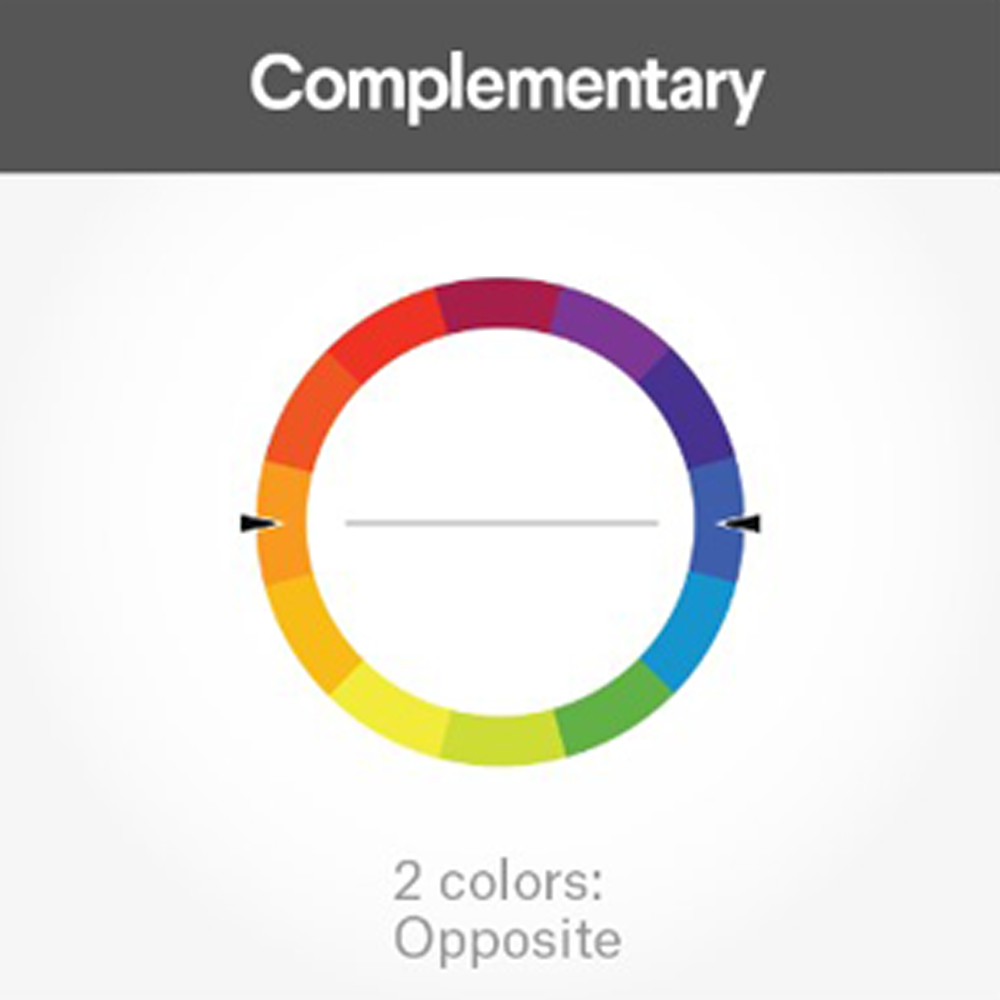
Complementary Colors
Complementary colors are opposites on the color wheel — Red and Green, for example. Because there’s a sharp contrast between the two colors, they can really make imagery pop, but overusing them can get tiresome. Think about Christmas!
That being said, using a Complementary Color Scheme in offers sharp contrast and clear differentiation between images. Complimentary Colors can be used to “Kill” the opposite color when working with paints.
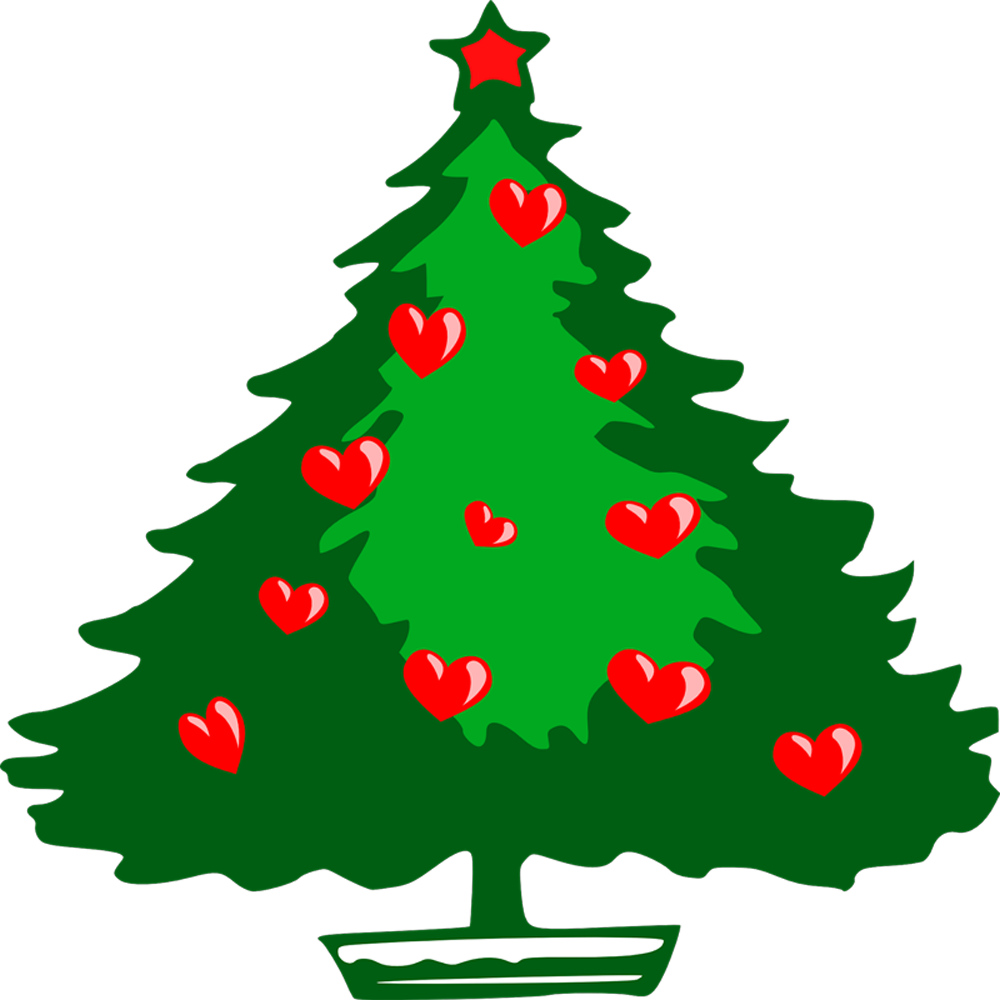
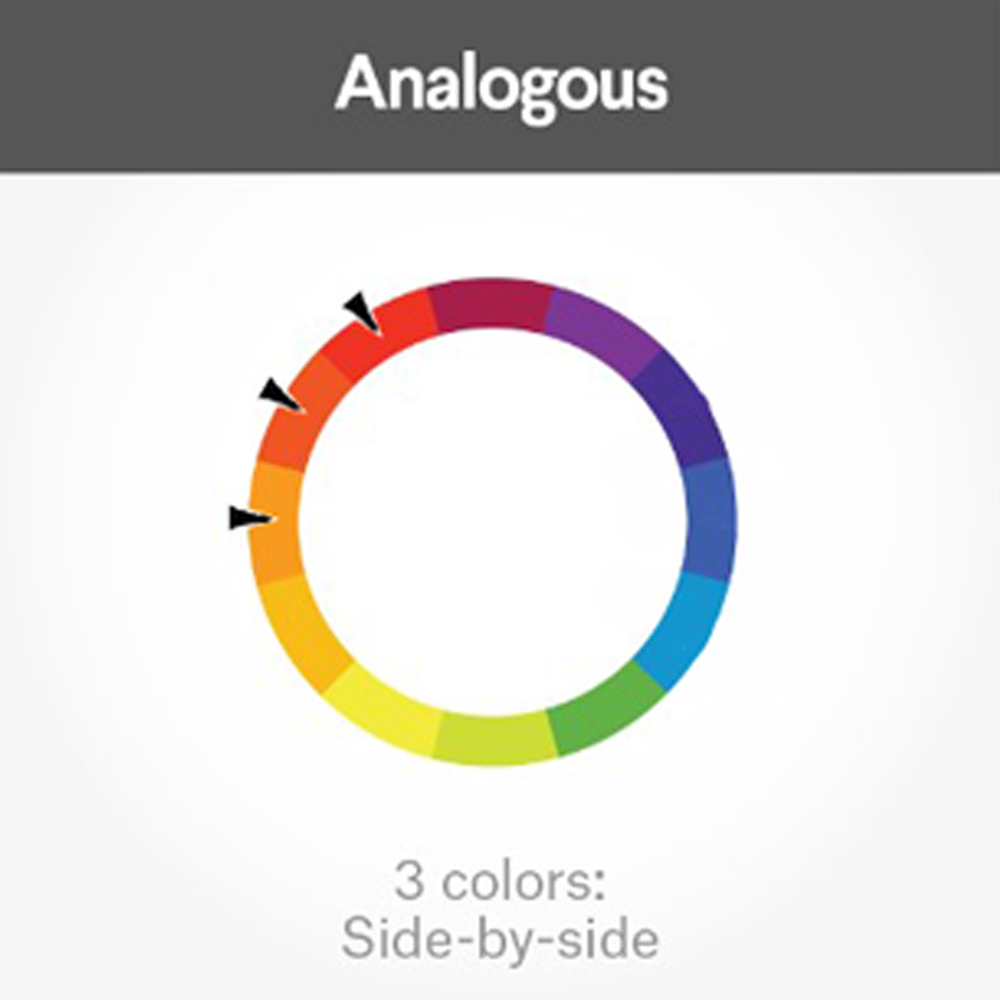
Analogous Colors
Analogous Colors sit next to one another on the color wheel — Red, Orange and Yellow, for example. When creating an analogous color scheme, one color will dominate, one will support, and another will accent. In business, analogous color schemes are not only pleasing to the eye but can effectively instruct the consumer where and how to take action. Frito Lay uses Analogous Colors in both logos below (with opposite colors Orange and Blue too.)
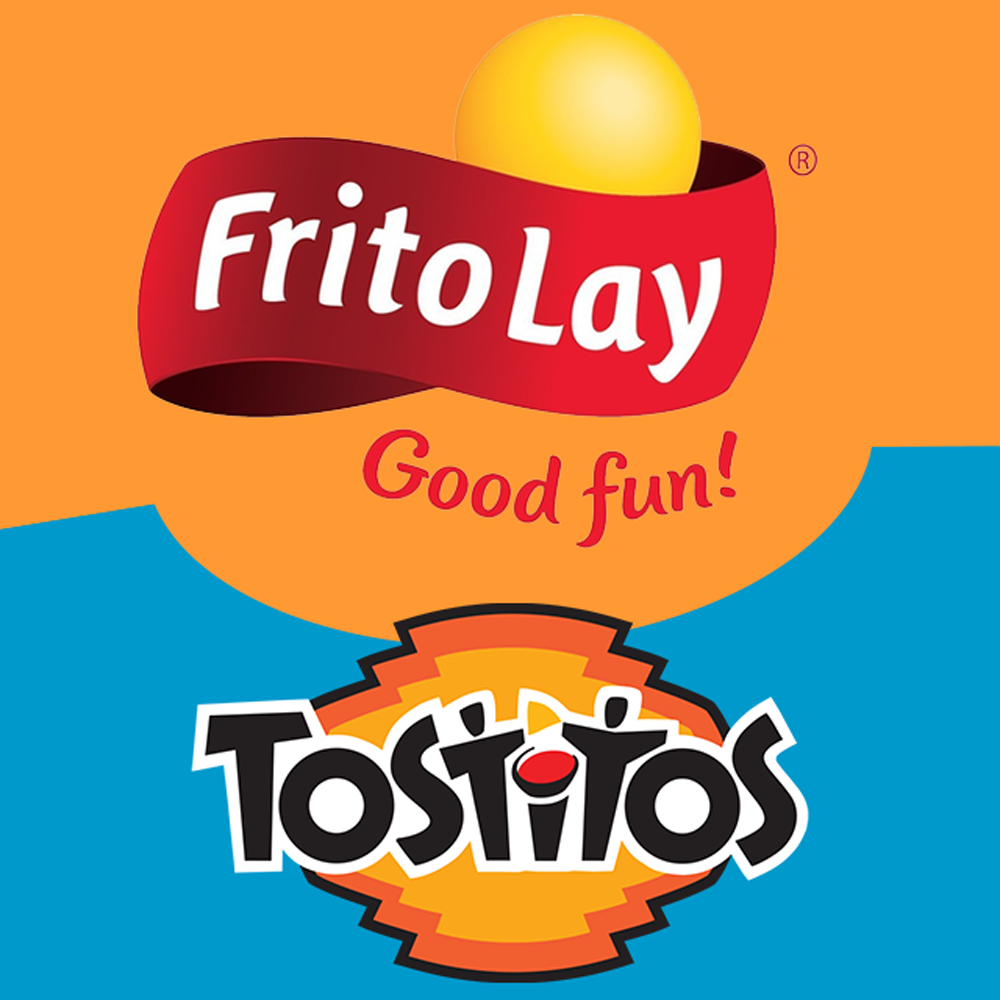
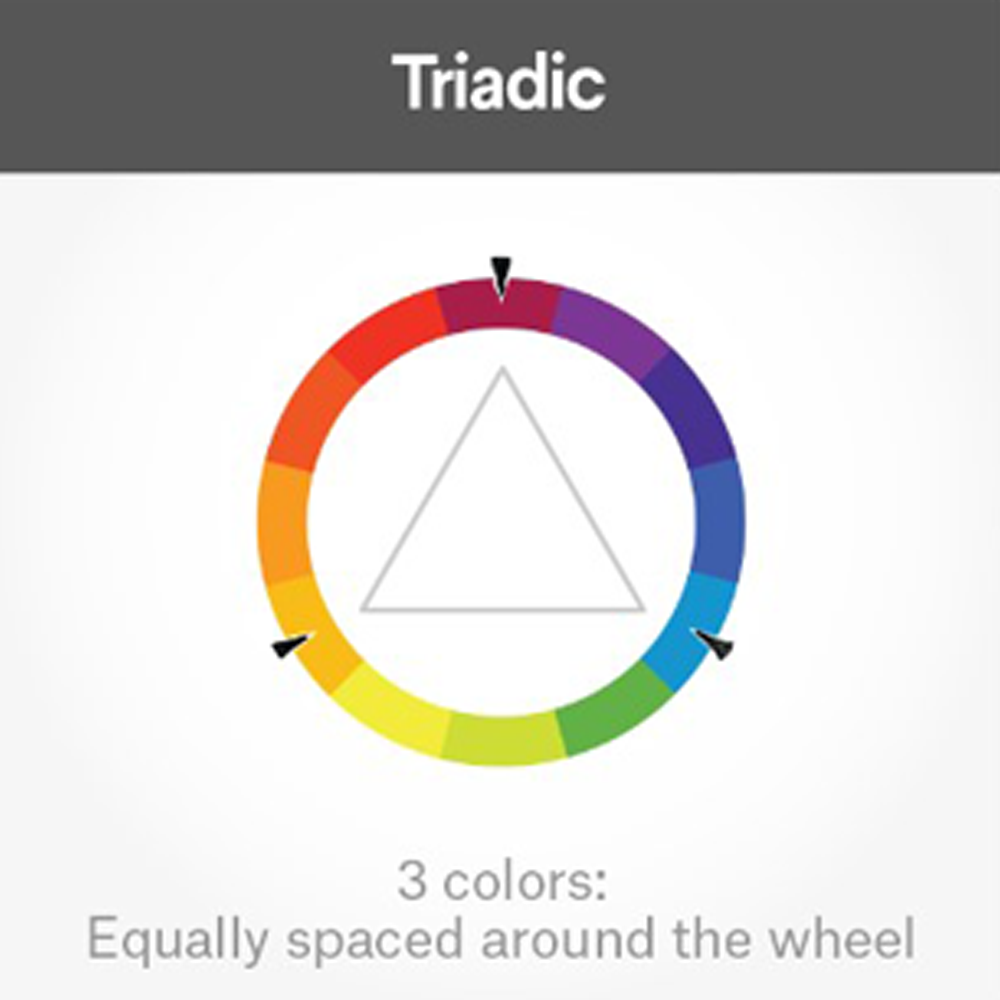
Triadic Colors
Triadic Colors are evenly spaced around the color wheel and tend to be very bright and dynamic. Using a triadic color scheme in your marketing creates visual contrast and harmony simultaneously, making each item stand out while making the overall image pop.
Burger King uses this color scheme quite successfully with Blue, Red and Yellow colors in their logo.
Hey, is it lunchtime yet?
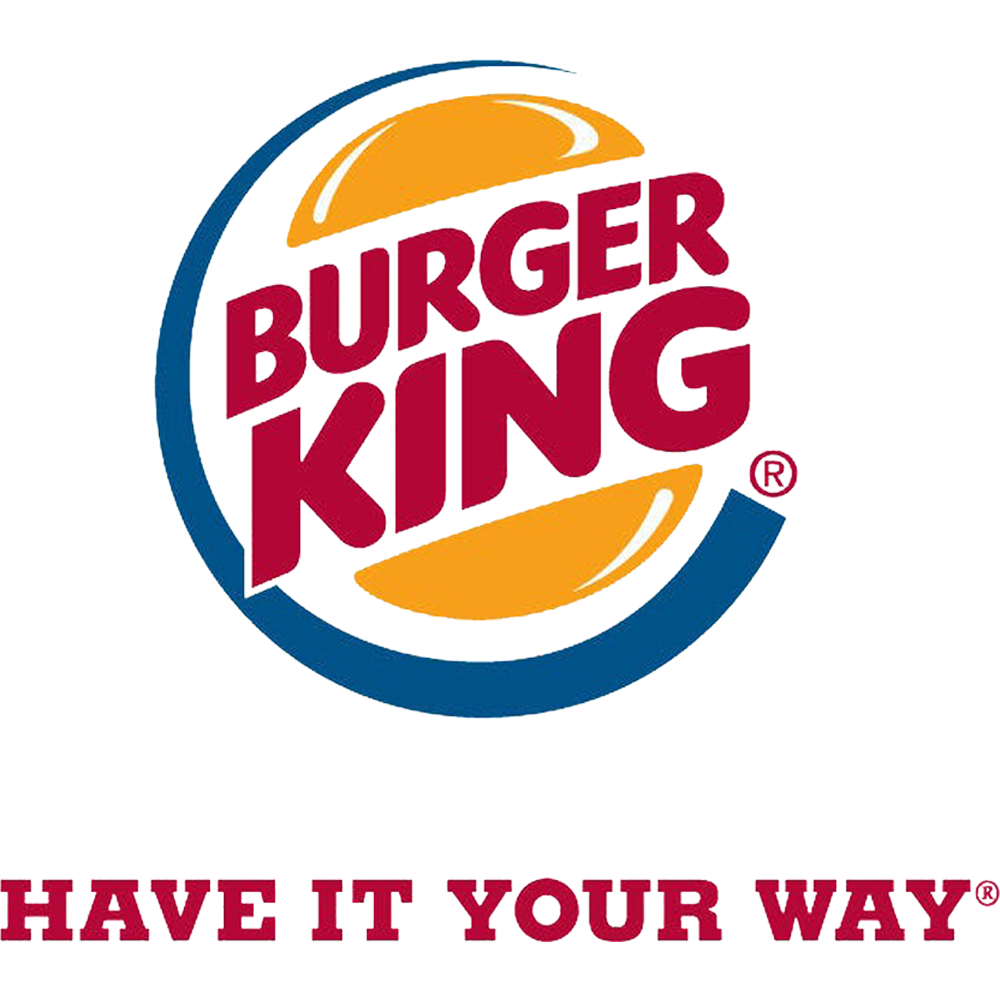
But really, why should you care about color theory?
Two words: Service and Solutions.
No wait, three words: Service, Solutions and SALES!
With this basic knowledge about colors and color schemes, you’re better prepared to make effective color decisions when servicing your customers. With this knowledge, you can service nearly every vehicle on a lot, right from your FinishFirst palette.
You can provide better, faster service, on the spot, without having wait to order custom paints. Once you understand Color Theory, you will be able to help your customers turn inventory faster, at better profits, with higher customer satisfaction. It will make you more competitive.
Think it doesn’t matter?
Not only can knowledge of Color Theory guide you in your own FinishFirst business, but it can also help you better understand what your competition is doing.
